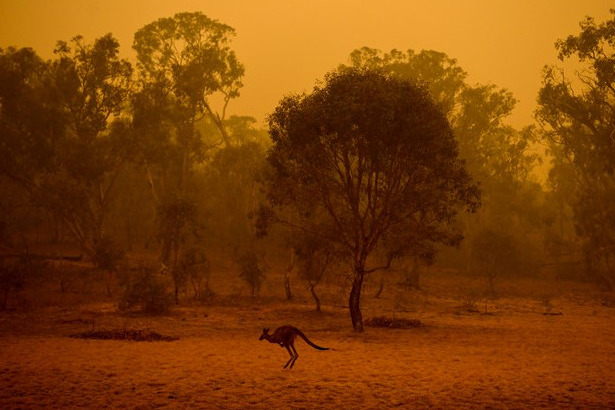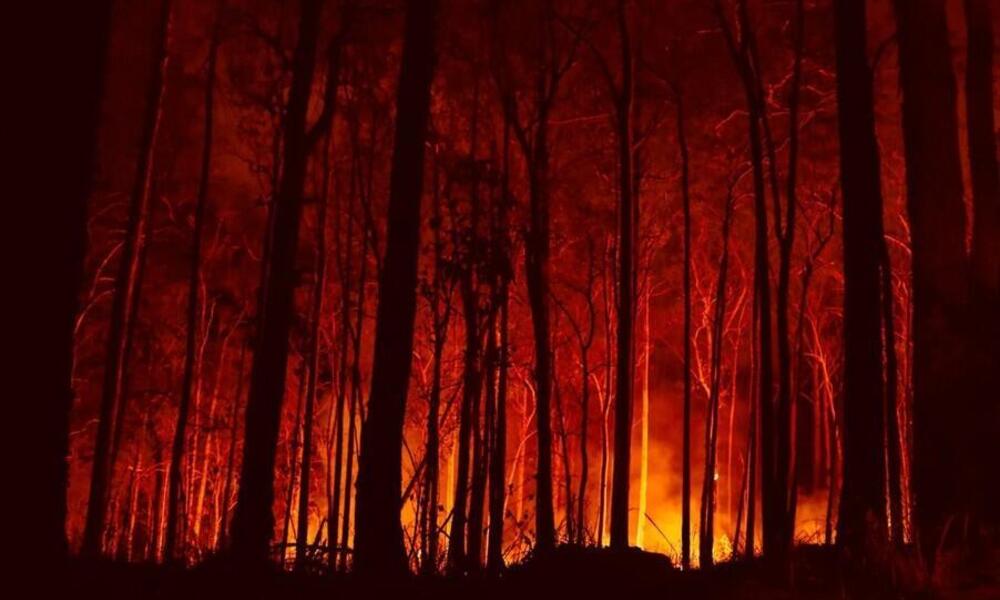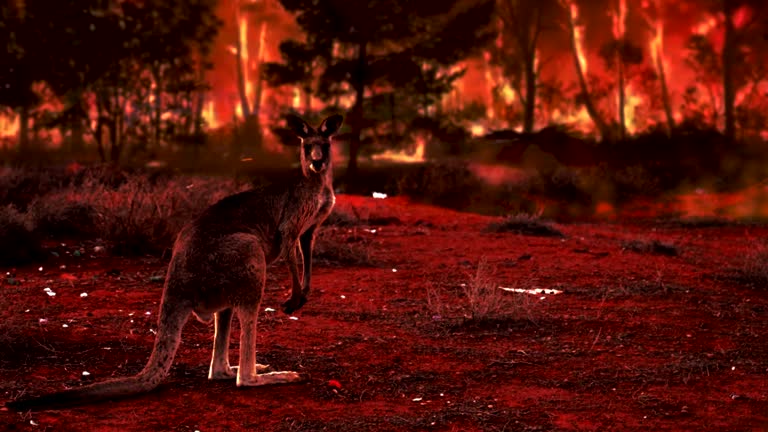From Assessment to Activity: Using Your BAL Report to Alleviate Bushfire Ris
From Assessment to Activity: Using Your BAL Report to Alleviate Bushfire Ris
Blog Article
Exactly How BAL Record Impacts Shrub Fire Defense Procedures
In the realm of bush fire defense, the Building Strike Degree (BAL) report stands as a critical tool that significantly influences the security and resilience of residential or commercial properties in fire-prone areas - BAL Report. The influence of a BAL analysis expands far past simple documents; it acts as the foundation for identifying the proper building and construction requirements and fire defense procedures required to mitigate the dangers postured by bushfires. As areas grapple with significantly severe fire seasons, comprehending exactly how the BAL record forms these safety steps becomes extremely important for home builders, house owners, and policymakers alike
Understanding the Bushfire Strike Level

Importance of BAL Report Evaluation

Moreover, the BAL report assessment functions as a foundational action in conforming with legal commitments and needs connected to bushfire protection. Neighborhood councils and authorities typically mandate the submission of a BAL report as part of the planning and building authorization procedure to make sure that properties are properly safeguarded versus bushfire dangers. Falling short to perform a thorough BAL record evaluation can lead to inadequate defense actions, leaving residential or commercial properties prone to ravaging bushfire events.
Building Standards Based Upon BAL
An extensive understanding of the Bushfire Strike Degree (BAL) allows residential property owners to implement building and construction standards tailored to their particular risk profile. Building requirements based on BAL are vital in alleviating the impact of bushfires on residential properties. The BAL rating classifies the possible risk a building encounters during a bushfire on a scale from BAL-Low to BAL-FZ (Flame Area)
Implementing Fire Protection Measures
With the structure of building standards based on Bushfire Attack Degree (BAL) in location, the emphasis currently moves towards the useful implementation of fire security measures to strengthen properties against bushfire threats. Passive steps consist of making visit this web-site use of fire-resistant structure products, setting up ash guards on vents, sealing gaps in wall surfaces and roofing systems, and maintaining a clear area around the residential or commercial property cost-free from combustible plants. By incorporating both passive and energetic techniques, properties can considerably minimize their vulnerability to bushfire events and increase the safety and security of passengers.
Safeguarding Homes Versus Bushfires
Effectively guarding homes against the devastating effects of bushfires requires a positive and thorough technique to fire security steps. Furthermore, securing voids and vents to prevent ember breach, as well as incorporating fireproof doors and windows, can assist strengthen the home's defense versus bushfires. By welcoming a proactive stance and integrating these safety actions, property owners can significantly increase their possibilities of protecting their homes against bushfires.
Final Thought
To conclude, the Bushfire Assault Degree look at this now (BAL) report plays a vital duty in determining the needed defense procedures against bushfires. By evaluating the BAL, building criteria can be customized to mitigate the dangers and make certain the safety and security of homes in fire-prone areas. Carrying out fire security steps based on the BAL record is essential in securing buildings from possible bushfire threats. It is important for property Visit This Link owners to focus on BAL assessments and follow suggested building standards to boost bushfire resilience.
In analyzing bushfire risk to homes, recognizing the Bushfire Strike Level (BAL) is a vital element for executing reliable protection measures. Overall, a clear understanding of the Bushfire Assault Level is crucial for executing adequate defense measures and reducing the impact of bushfires on buildings.

Report this page